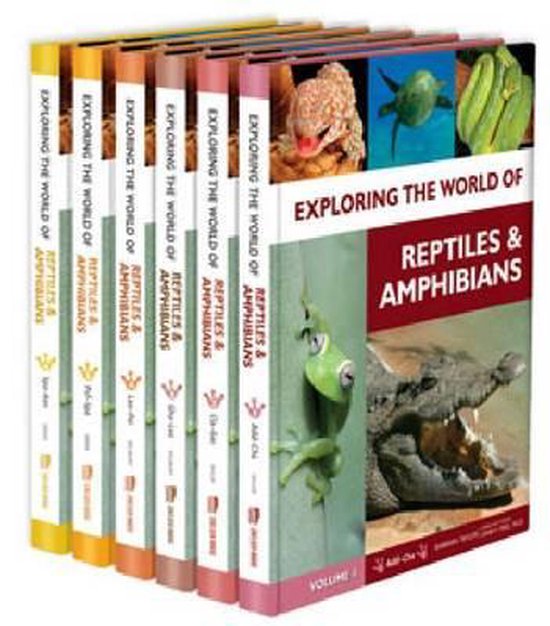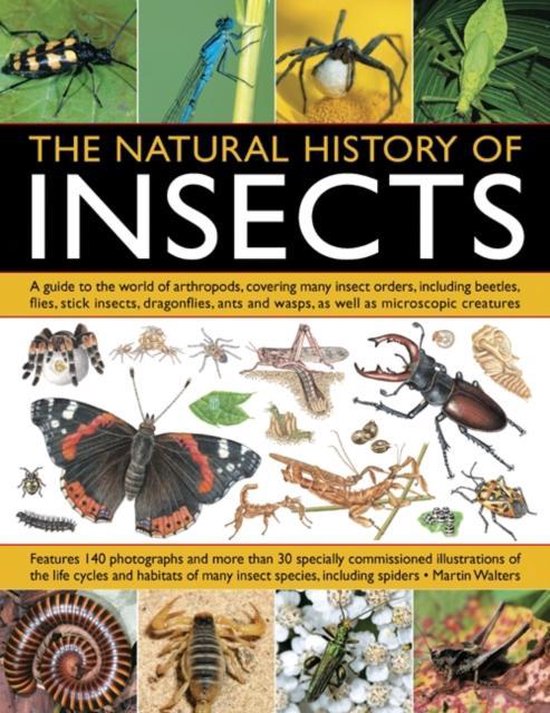
Exploring the World of Reptiles and Amphibians
Alligators, crocodiles, turtles, snakes, lizards, salamanders, toads, and frogs - all are cold-blooded animals in the reptile or amphibian family. This title looks at the natural history of reptiles and amphibians through naturalistic artwork, maps, and photography. It provides information on reptiles and amphibians to young readers.
Alligators, crocodiles, turtles, snakes, lizards, salamanders, toads, and frogs - all are cold-blooded animals in the reptile or amphibian family. Packed with engaging articles arranged in alphabetical order, the new six-volume ""Exploring the World of Reptiles and Amphibians"" set looks at the natural history of reptiles and amphibians through naturalistic artwork, maps, and stunning photography. This colorful set is intended to illustrate key life-science principles while providing thorough information on reptiles and amphibians to young readers.In addition to learning the many ways in which different types of creatures hunt, feed, breed, and defend themselves, middle school researchers will also learn about topics such as adaptations, ecology, genetics, communication, conservation and endangered species, and habitats. Each volume features additional resources, such as a glossary, volume index, and a listing of books and Web sites for further reading. This set provides illustrated family trees that explain how amphibians and reptiles fit in to the animal kingdom; overview articles in each volume that cover the major groups of amphibians and reptiles; 'Fact File' sidebars that provide in-depth information on the animal or group featured; and, 'Did You Know?' sidebars that present interesting and little-known facts.
Alligators, crocodiles, turtles, snakes, lizards, salamanders, toads, and frogs - all are cold-blooded animals in the reptile or amphibian family. Packed with engaging articles arranged in alphabetical order, the new six-volume ""Exploring the World of Reptiles and Amphibians"" set looks at the natural history of reptiles and amphibians through naturalistic artwork, maps, and stunning photography. This colorful set is intended to illustrate key life-science principles while providing thorough information on reptiles and amphibians to young readers.In addition to learning the many ways in which different types of creatures hunt, feed, breed, and defend themselves, middle school researchers will also learn about topics such as adaptations, ecology, genetics, communication, conservation and endangered species, and habitats. Each volume features additional resources, such as a glossary, volume index, and a listing of books and Web sites for further reading. This set provides illustrated family trees that explain how amphibians and reptiles fit in to the animal kingdom; overview articles in each volume that cover the major groups of amphibians and reptiles; 'Fact File' sidebars that provide in-depth information on the animal or group featured; and, 'Did You Know?' sidebars that present interesting and little-known facts.
| Auteur | | Jen Green |
| Taal | | Engels |
| Type | | Bindwijze overig |
| Categorie | | Onderwijs & Didactiek |





